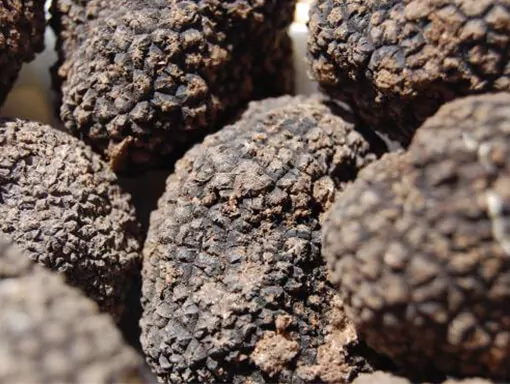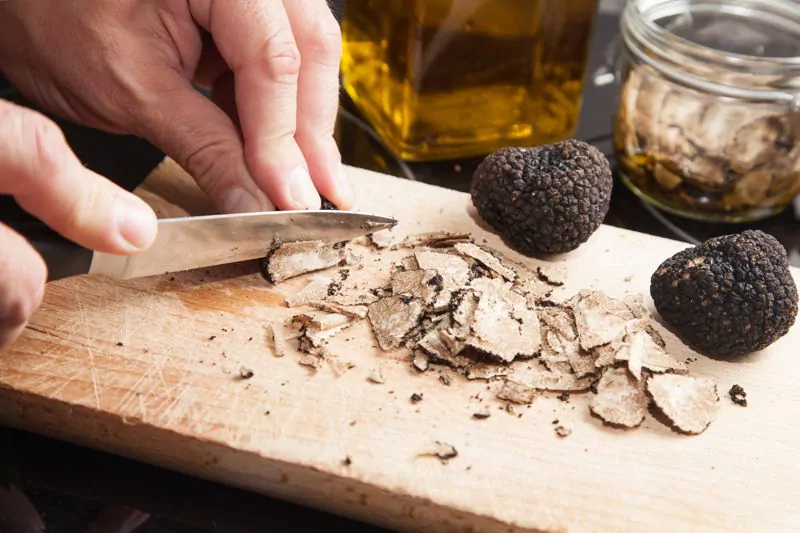Last year I wrote to you about a truffle investment in France. Today I’m writing to tell you it’s sold out. So many OPA Readers bought in to the project that the developers have had to move to Spain to get more land, to plant more trees, to make more truffles. And the Spanish investment is equally as attractive for three reasons…
1. The original 15-year investment frame has been doubled. With the Spanish investment, you get two rolling contracts, each for 15 years.
2. You exit and receive money in year 31, not year 30.
3. The currency’s changed. These Spanish truffles are priced in U.S. dollars.
Invest US$51,563 for 100 trees, and you’re looking at an Internal Rate of Return (IRR) in the region of 16%. In year 31, you exit having received just over US$600,000. However, invest US$77,965 and this 600k return could change to just under one million dollars.
These estimated returns are high, but I’m confident. There’s a lot of science behind this project. At Christmas, Esteban de Paz joined the team as Estate Manager. Esteban has a number of years managing truffle plantations in New Zealand and, for the last two years, he’s advised clients specifically on Spanish plantations. He is the world’s leading Consultant Agronomist in the field of truffles and assisting him is Alistair Irving. To ensure the quality and purity of the plantations, their lab checks every truffle used in the spore inoculations that are down on the tree roots.
Along with that quality-control step, the plantation managers use other farm-management tools to help produce more truffles faster… And still, production can’t keep up with demand…
Estimated demand is at least 10 to 20 times more than production. Truffles are often called the “diamonds of the kitchen” because they are so expensive and so desired.
Chefs all over the world use them. Customers all over the world want to see them on menus. The smell and flavor of truffles is particular, like nothing else. Michelin-star U.S. chef Thomas Keller uses truffles in many dishes ranging from “Salmon ‘Chops’ with Celery and Black Truffles,” to truffle-infused custards.
Truffles—A Fungi You Do Need

As Jim Rogers put it back in 2009:
“The best sector in the world that I know right now is probably agriculture. Everybody should become a farmer. Farming is going to be one of the greatest industries of our time for the next 20 to 30 years. I’m convinced that farmland is going to be one of the best investments of our time.”
I agree with Jim, but I don’t want to pick up a shovel and become a farmer. This Spanish truffles investment, however, is turnkey. You stand to get 16% IRR without breaking a sweat. With anticipated profits this high, it wouldn’t surprise me if this investment sells out like the French one did, so get in touch here before it’s too late.
Lief Simon

